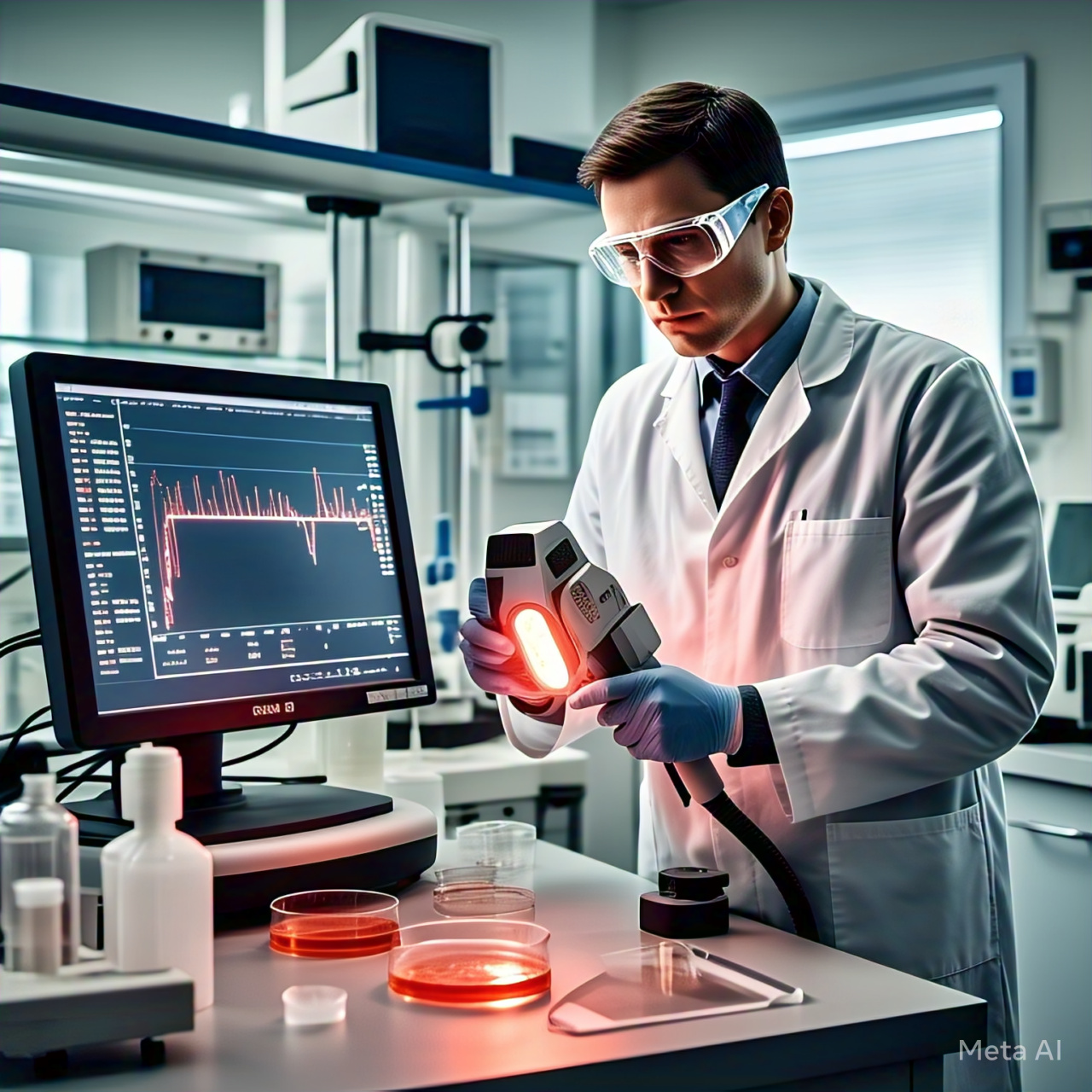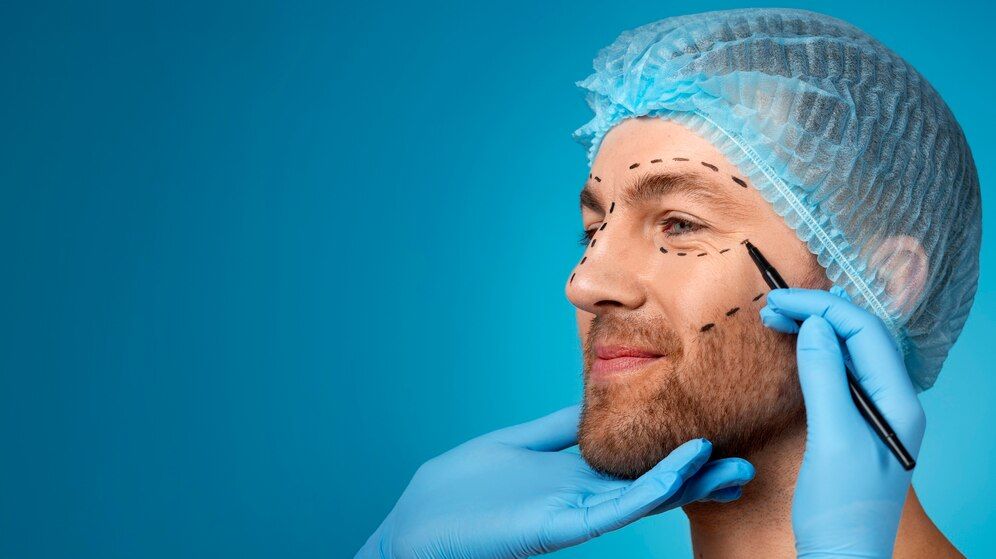Light has been used for healing for centuries, from ancient sun therapy to modern laser treatments. Today, photobiomodulation (PBM) is emerging as a powerful tool in medicine, helping people recover faster, manage pain, and improve cellular function. Scientists uncover its potential across various applications, from wound healing to brain health.
What is Photobiomodulation?
The photobiomodulation is a light therapy that uses specific wavelengths of red and near-infrared light to stimulate cellular processes. Unlike UV light, which can damage cells, PBM works at a molecular level to boost energy production, reduce inflammation, and support tissue repair.
At the heart of this process is mitochondria, the tiny powerhouses inside our cells. PBM helps them generate more adenosine triphosphate (ATP), the energy that fuels cellular function. The result? Cells work more efficiently, heal faster, and resist stress better.
How Does Photobiomodulation Work?
PBM operates through a few key biological mechanisms:
- Increased Cellular Energy Production
- Light penetrates the skin and reaches mitochondria, interacting with cytochrome c oxidase, a key enzyme in energy production.
- This leads to more ATP, which allows cells to perform their functions more efficiently.
- Reduced Inflammation and Oxidative Stress
- PBM modulates inflammatory pathways, helping the body control excessive inflammation without shutting down natural healing responses.
- It also reduces oxidative stress, a key factor in aging and chronic diseases.
- Improved Blood Flow and Tissue Oxygenation
- Light exposure stimulates vasodilation, increasing oxygen and nutrient delivery to tissues.
- This enhanced circulation accelerates healing and reduces pain.
What Are the Benefits of Photobiomodulation?
PBM is being studied for a wide range of conditions, with evidence suggesting benefits in:
1. Pain Management and Inflammation Reduction
Chronic pain and inflammation are common in arthritis, fibromyalgia, and sports injuries. PBM provides a drug-free way to manage pain by:
- Reducing nerve sensitivity.
- Lowering inflammation in joints and muscles.
- Accelerating tissue repair after injury.
Many physical therapists and sports medicine experts use PBM to help athletes recover faster from muscle strains and joint injuries.
2. Wound Healing and Skin Health
Light therapy has been shown to speed up wound healing, reduce scarring, and improve skin health. PBM is used in medical and cosmetic settings to:
- Treat chronic wounds, burns, and surgical incisions.
- Reduce the appearance of fine lines, wrinkles, and sun damage.
- Improve conditions like acne and rosacea.
Some dermatologists use low-level laser therapy (LLLT), a form of PBM, to support collagen production and tissue regeneration.
3. Brain Health and Cognitive Function
The brain is highly responsive to near-infrared light, making PBM an exciting area of research for neurological conditions. Studies suggest PBM may:
- Support brain repair after stroke or traumatic brain injury.
- Improve cognitive function in Alzheimer’s and Parkinson’s disease.
- Help with mental clarity, mood, and focus.
Emerging research even suggests PBM may play a role in managing depression and anxiety by influencing brain chemistry and inflammation levels.
4. Muscle Recovery and Athletic Performance
Athletes are always looking for ways to improve recovery and performance. PBM is gaining popularity in sports medicine and rehabilitation because it:
- Reduces muscle fatigue after exercise.
- Speeds up recovery from intense training.
- Enhances strength and endurance over time.
Many professional sports teams now use PBM devices for faster post-game recovery.
5. Nerve Regeneration and Neuropathy Relief
For people dealing with nerve damage or neuropathy, PBM shows promise in promoting nerve healing. Clinical studies indicate that PBM can:
- Stimulate nerve regeneration after injury.
- Improve sensation and function in diabetic neuropathy.
- Reduce chronic nerve pain without medication.
How is Photobiomodulation Used?
PBM treatments vary depending on the condition being treated. Common approaches include:
✔ Laser Therapy – Medical-grade PBM lasers deliver focused red or near-infrared light beams.
✔ LED Light Therapy – Uses light-emitting diodes (LEDs) for broader, non-invasive treatments.
✔ Wearable PBM Devices – Some companies offer portable PBM helmets, wraps, and wands for home use.
Depending on the treatment area, treatment times range from a few minutes to half an hour. Most protocols involve multiple sessions over weeks or months to achieve lasting effects.
Is Photobiomodulation Safe?
When used correctly, PBM has a strong safety record. Unlike UV light or high-power lasers, PBM does not cause burns or DNA damage. Clinical studies show minimal side effects, making it a low-risk therapy for most people.
That said, treatment intensity, duration, and wavelength matter. Using a reputable PBM device with the correct specifications is key to getting the best results.
The Future of Photobiomodulation
PBM is still evolving, with new research exploring how it can enhance cell regeneration, improve immune function, and slow aging. As medical understanding grows, more clinics, hospitals, and wellness centers incorporate PBM into treatment plans.
Scientists are also investigating PBM’s role in longevity, immune health, and space medicine. NASA has studied light therapy to help astronauts heal faster in microgravity, showing PBM’s potential in extreme environments.





